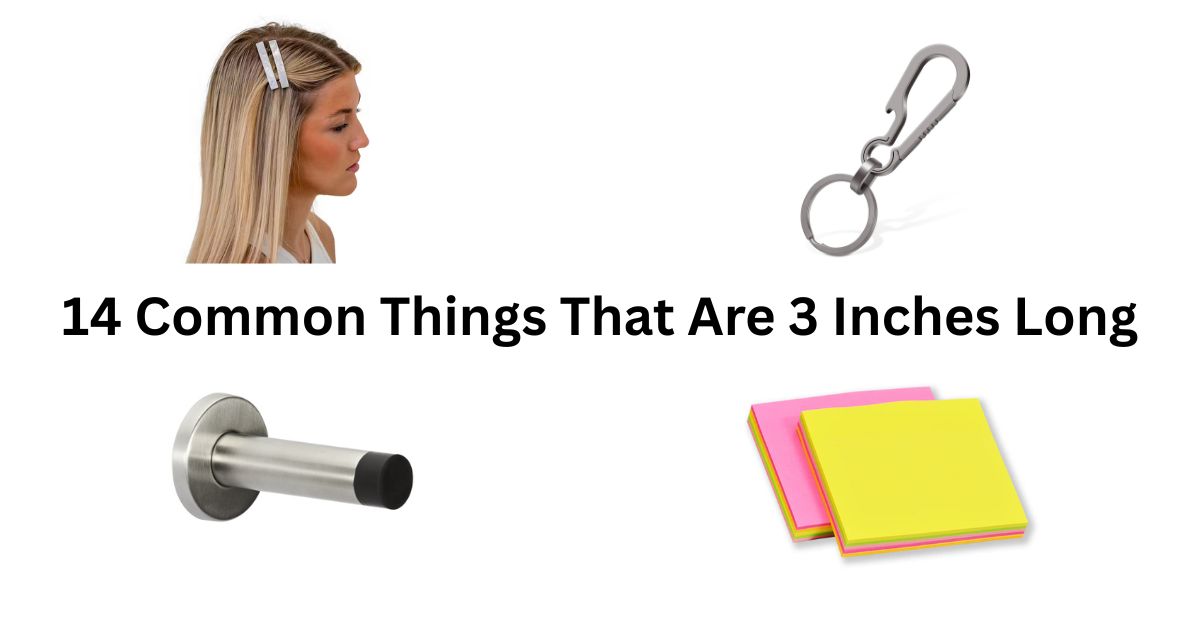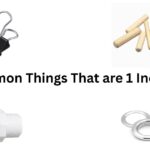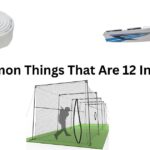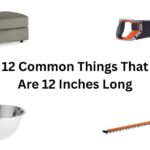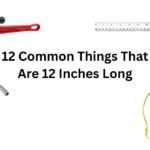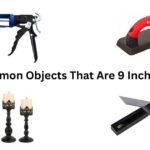Ever tried buying something online and the listing just says “3 inches”? You stare at the screen, trying to picture it, but your brain draws a blank. Is that big? Small? Will it actually fit where you need it? So, 3 Inches exactly equal to 7.62 cm.
Most of us don’t walk around with rulers in our pockets. We need real-world references—things we can actually see and touch. That’s where this guide comes in. We’re showing you 14 objects you’ve probably got lying around your house right now that measure exactly (or pretty dang close to) this length.
By the end, you’ll never have to guess again. Next time someone mentions this measurement, you’ll instantly picture something concrete. Let’s get into it.
Quick Answer: The Numbers Behind 3 Inches
Three inches converts to 7.62 centimeters or 76.2 millimeters. In feet, that’s 0.25 feet (one-quarter of a foot). In yards, it’s 0.083 yards, and in meters, it’s 0.0762 meters.
Here’s a quick mental trick: Your thumb from tip to first knuckle is roughly 1 inch for most adults, according to everyday measurement guides. Stack three of those measurements together and you’ve got your answer. Not exact, but close enough when you’re eyeballing something at the store.
Another way to think about it: A standard Post-it Note is exactly 3×3 inches. If you’ve got a pad nearby, grab one. That’s your visual reference.
14 Objects That Show You What 3 Inches Looks Like
| Object | Category | Measurement/Dimension |
| Hair Tie/Scrunchie | Fashion/Accessories | Diameter (relaxed) |
| Small Hair Barrette | Fashion/Accessories | Length |
| Small Carabiner Clip | Hardware/Outdoor Gear | Length |
| Large Safety Pin | Sewing/Craft Supplies | Length |
| Wood Dowel Segment | DIY/Woodworking | Cut length |
| Decorative Hair Comb | Fashion/Accessories | Width |
| Furniture Leveling Foot | Home/Furniture | Diameter |
| Phillips Head Bit Extension | Tools/Hardware | Working length |
| Door Stopper | Home/Hardware | Body length |
| Shelf L-Bracket | Home/Hardware | Short arm length |
| Sealant Tube Cutter | Tools/Plumbing | Total length |
| Plumbing Nipple | Plumbing/Hardware | Pipe section length |
| Caster Wheel | Furniture/Industrial | Wheel diameter |
| Sticky Notes | Office Supplies | Width |
1. Hair Tie/Scrunchie (Relaxed Diameter)
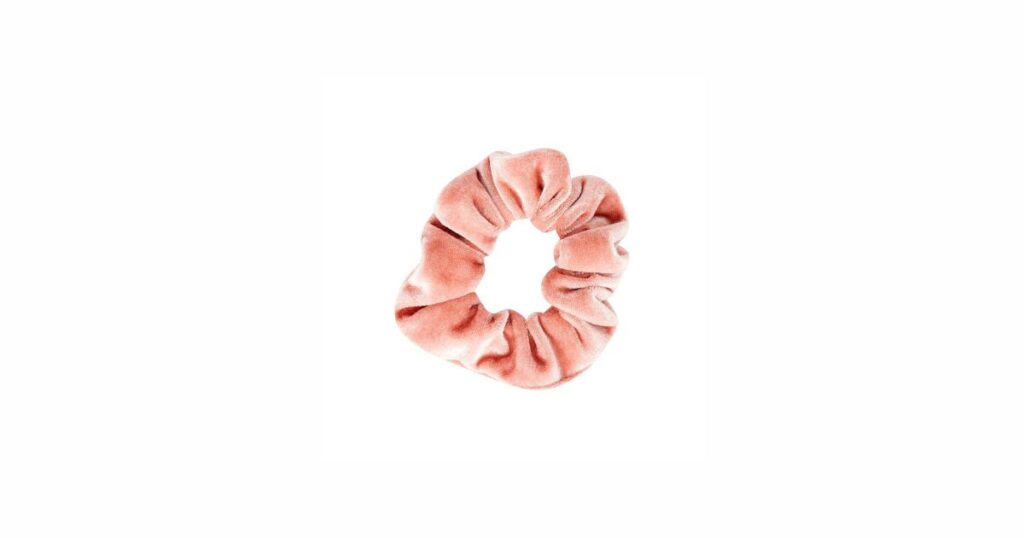
Lay a scrunchie flat on your table and let it relax completely. That circle you’re looking at? About 3 inches across. This size works because it’s roomy enough to wrap around thick hair without stretching to its limit, but compact enough to wear as a wrist accessory without sliding off.
The ’90s called and scrunchies answered—big time. They’re back in every color and pattern, from velvet to silk to basic cotton. The standard diameter hasn’t changed much over the decades because it just works for most hair types.
If you’re shopping online and see “3-inch diameter,” you’re getting the classic size. Too small and it’ll snap (ouch). Too big and it’ll slip out of your hair halfway through the day.
2. Small Hair Barrette
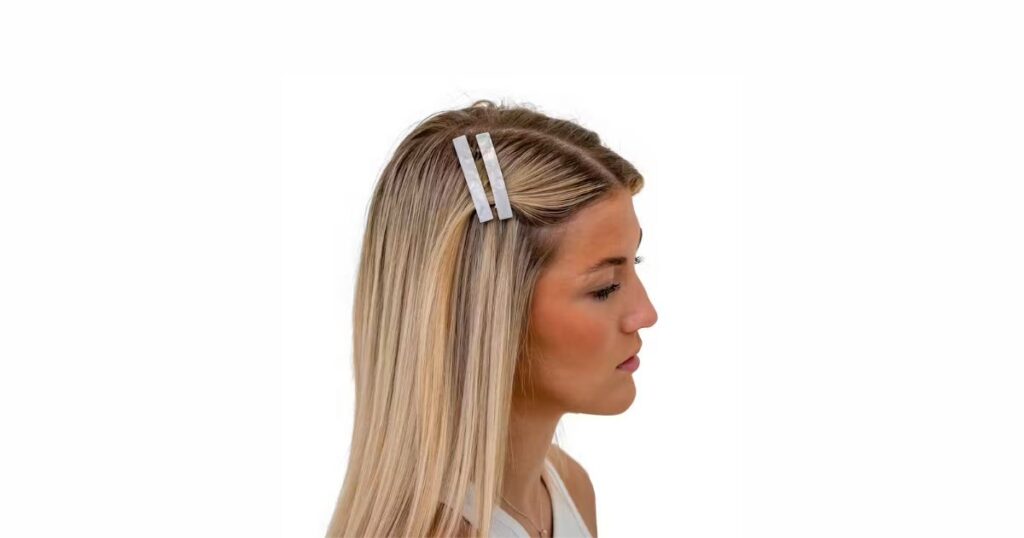
Walk into any drugstore and check the hair accessories aisle. Those basic snap-clip barrettes? Most measure right around this length. Not the tiny ones for kids, and not the giant decorative ones for updos—just the everyday workhorses that keep your bangs out of your face.
These clips have been around forever because they’re simple and they work. Metal ones for professional settings, plastic ones with patterns for casual days, sparkly ones for going out. The length hits that sweet spot where it actually holds your hair but doesn’t look like you’re trying too hard.
3. Small Carabiner Clip
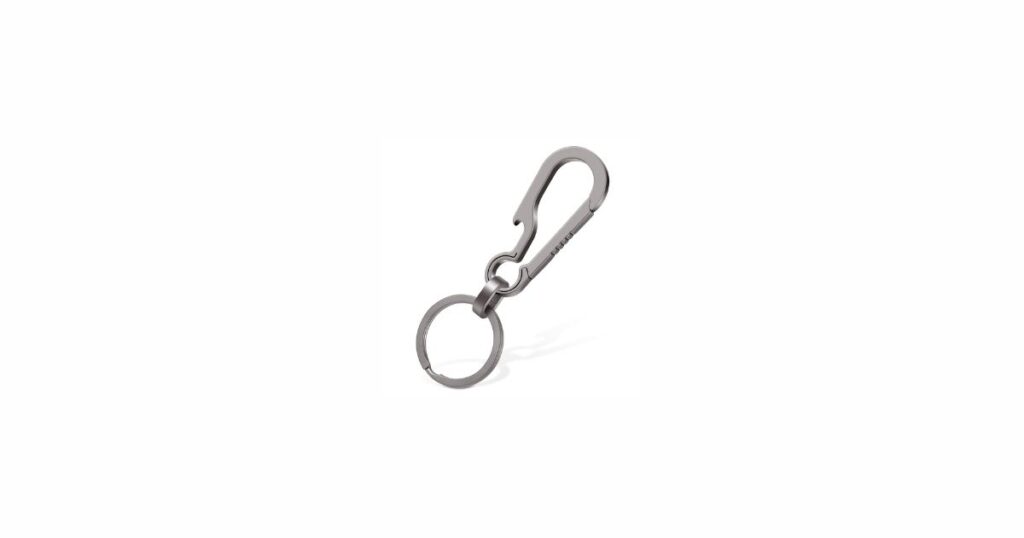
Check your keychain or backpack. See those little metal clips? The small-to-medium ones typically measure this length from top to bottom. We’re not talking about climbing carabiners here—those are way bigger and rated for actual safety. These are the everyday utility versions.
People use these to clip keys to belt loops, attach water bottles to bags, or organize camping gear. The size makes them functional without being bulky. They slide through backpack loops and jacket zippers without catching on everything.
Lost your keys in your bag for the hundredth time? A small carabiner clipped to an exterior loop solves that problem instantly.
4. Large Safety Pin
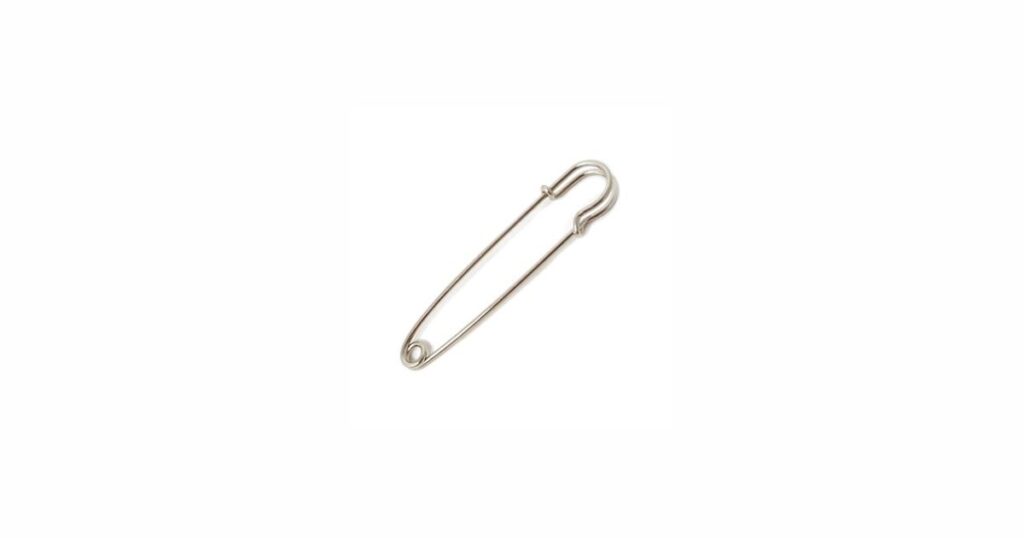
Not the tiny diaper pins. We’re talking industrial-strength safety pins—the ones that can hold together thick canvas or denim without bending. Some decorative versions get this big too, especially in punk fashion accessories.
Crafters love these for quilting or temporarily holding thick fabrics before sewing. The extra length means you can pierce through multiple layers and still have room to close the clasp securely. Keep one in your car’s glove box—you never know when you’ll need to fix a broken zipper or secure a loose hem in an emergency.
Read Also: How Long Is 6 Inches? Conversion & 14 Real-Life Examples With Pics
5. Wood Dowel Segment
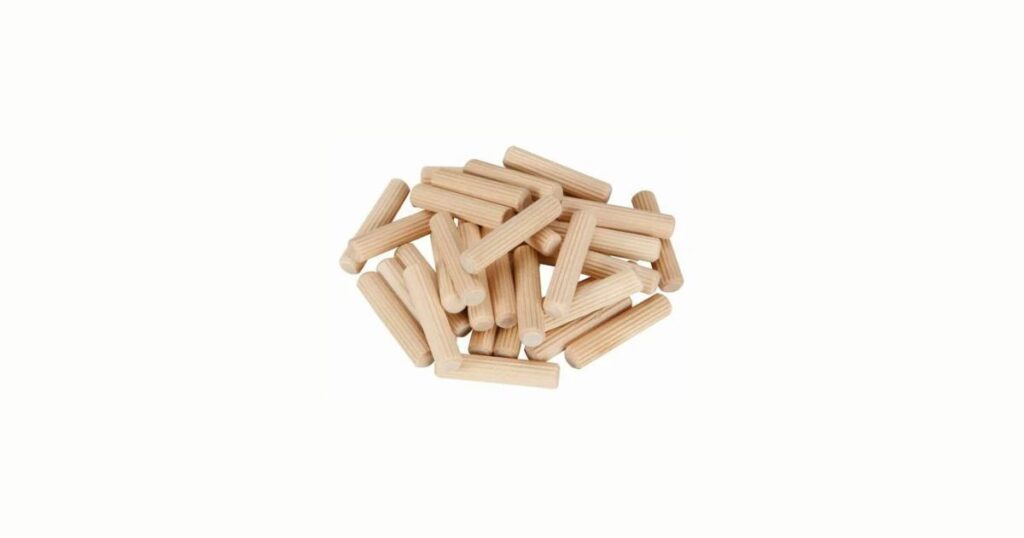
Craft stores sell pre-cut wooden dowels in various lengths, and this is one of the most common. 3 Inch smooth, cylindrical pieces of wood save you from having to saw down longer dowels yourself. Kids use them for school projects, adults use them for everything from curtain rod repairs to building miniature furniture.
The round shape makes them perfect for axles on toy cars or supports for lightweight shelving. You can paint them, stain them, or leave them natural. A pack costs just a few bucks and solves dozens of small fix-it problems around the house.
6. Decorative Hair Comb (Width)
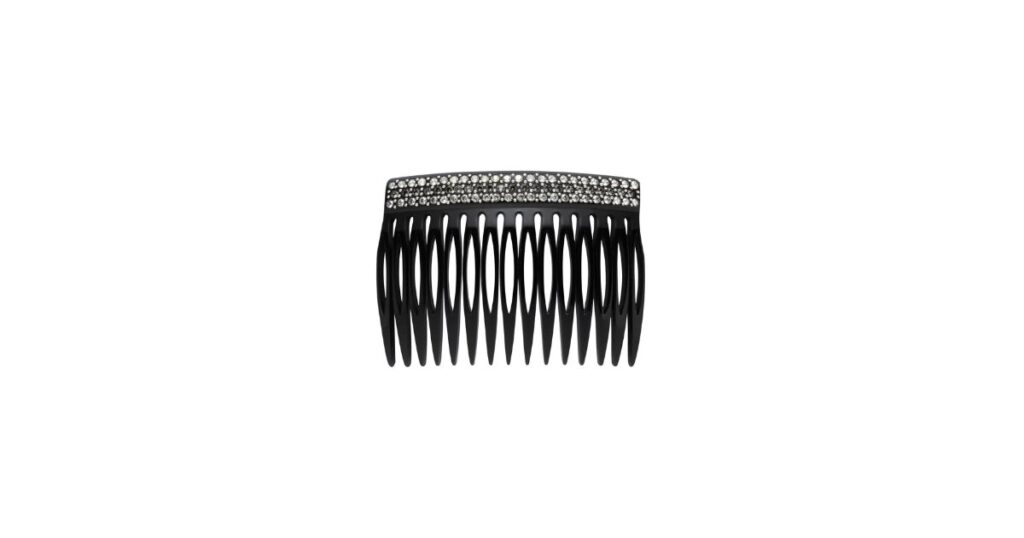
Those fancy hair combs you slide into updos or use to sweep your hair back? Many measure this width across. We’re talking about the decorative kind—metal or plastic, sometimes covered in rhinestones or pearls, sometimes just sleek and simple.
The width matters because it needs to be visible enough to look intentional but not so wide that it overwhelms your hairstyle or feels uncomfortable. Brides love these for wedding hair, but you can also use them for everyday styling when you want to look polished without much effort.
7. Furniture Leveling Foot
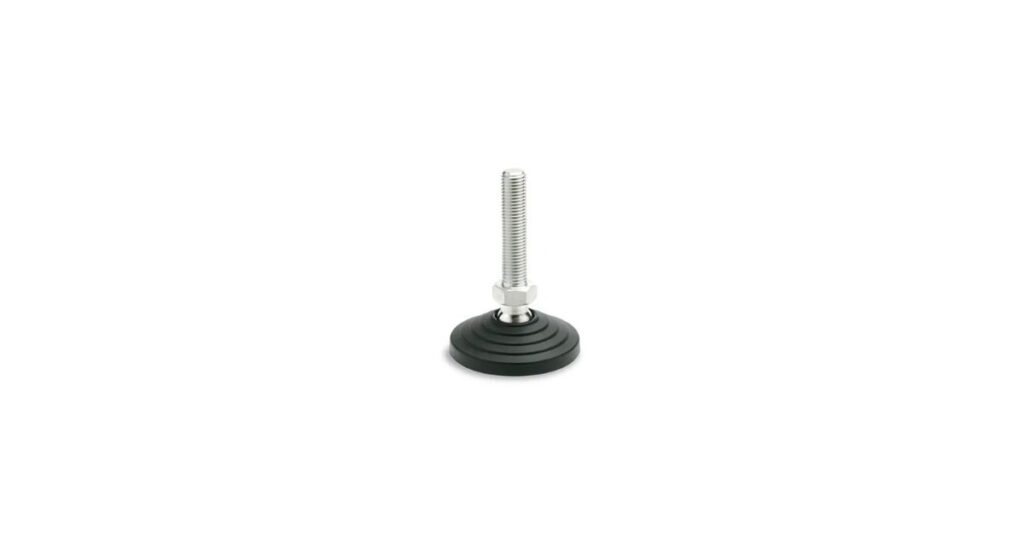
Those circular pads that screw onto the bottom of chairs, tables, and appliances? The larger ones often measure 3 Inches. They protect your floors from scratches and help distribute weight so heavy furniture doesn’t leave dents in carpet or wood.
A bigger diameter means better weight distribution. Your bookshelf won’t sink into the carpet, and your washer won’t rock during spin cycle. When one leg of your table wobbles, swapping out for properly-sized glides usually fixes it. Just measure before you shop so you don’t buy ones that are too small or too big.
8. Phillips Head Bit Extension
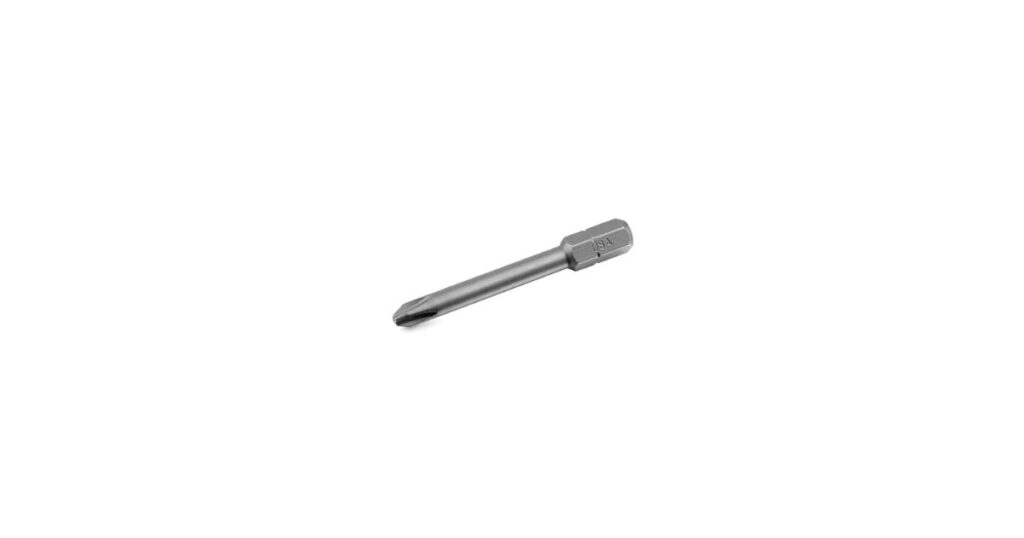
That short metal piece that fits between your drill and the screwdriver bit? The compact versions measure right around this length. Contractors and DIYers keep these in their toolboxes for reaching into tight spots—like inside cabinets or behind appliances—without losing control.
The length gives you just enough extra reach without making your drill setup so long that it becomes wobbly. When you’re assembling flat-pack furniture or hanging shelves in awkward corners, this extension is the difference between “I got this” and “why won’t this screw line up?!”
9. Wall-Mount Door Stopper
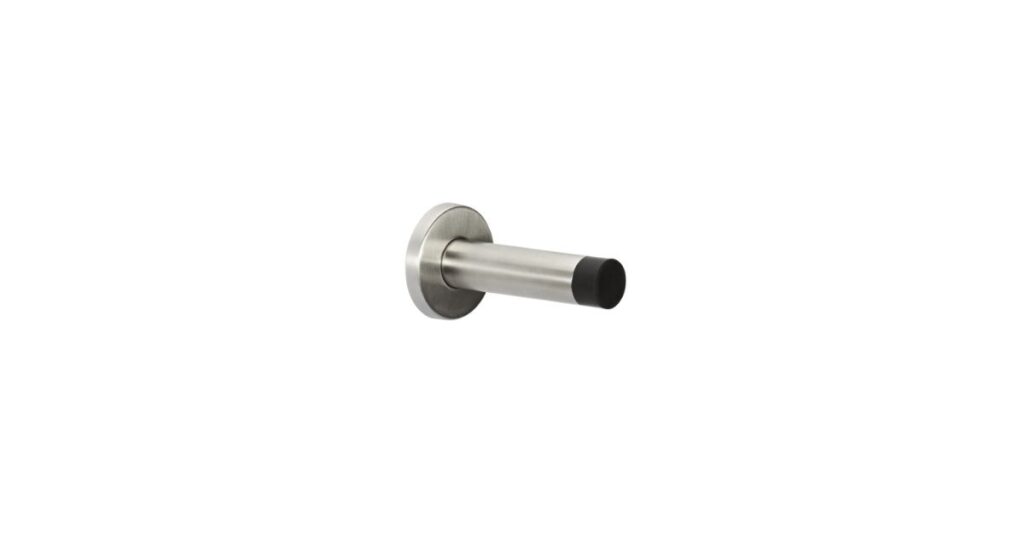
Look at your baseboard where doors swing open. See that spring-loaded cylinder that stops the door handle from smashing into the wall? The main body typically measures this length. Too short and the door swings past it. Too long and you’re constantly stubbing your toe.
The rubber tip absorbs the impact when doors fly open. You’ll find these in almost every room of older homes, especially where doors would otherwise hit walls or furniture. Installing one is straightforward—just screw it into the baseboard at the right height.
10. Shelf L-Bracket (Short Arm)
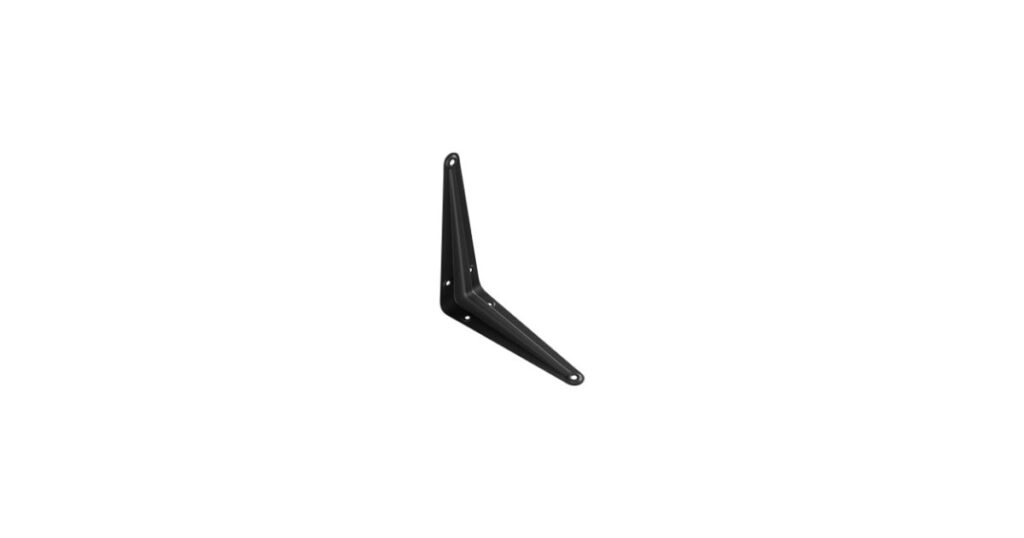
When you’re putting up floating shelves, those metal L-shaped brackets that hold everything up come in standard sizes. Many small brackets have a short arm measuring this length. You’ll see them labeled as “3×2 inch brackets” or similar—the first number is the shorter arm.
This size works perfectly for lightweight shelving that holds books, plants, or decorative items. It provides enough support without looking clunky underneath your shelf. Match the bracket size to your shelf depth and you’ll have sturdy storage that won’t sag or pull away from the wall.
Read Also: How Tall Is 42 Inches? (With 14 Real-Life Examples)
11. Sealant Tube Cutter
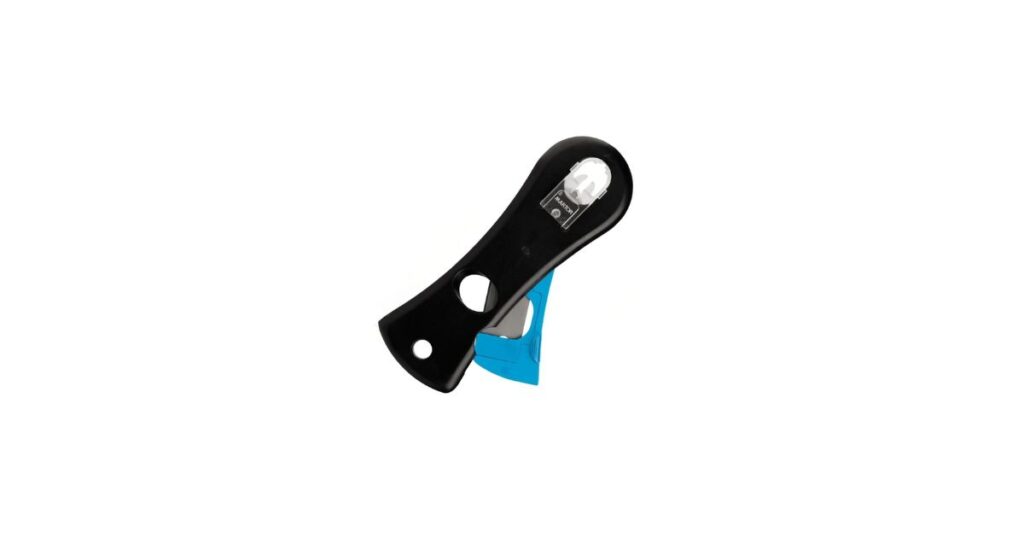
Ever tried cutting the tip off a caulk tube with scissors and ended up with a mangled mess? Specialized tube cutters solve that problem. These compact tools—usually around this length—have a small blade that slices the nozzle at the perfect angle, giving you control over how much sealant flows out.
Most have a built-in poker on one end for punching through the inner seal. Once you use one of these instead of random tools from your junk drawer, you’ll wonder how you lived without it. They cost just a couple bucks at home improvement stores and take up almost no space in your toolbox.
12. Plumbing Nipple
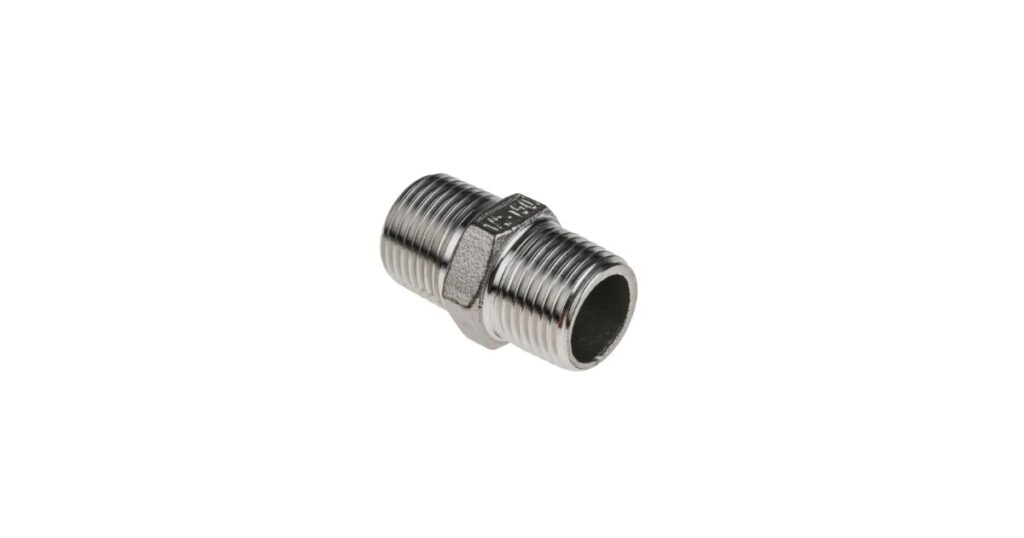
In plumbing, a “nipple” is a short, pre-cut pipe section with threading on both ends. A 3-inch nipple (yes, that’s really what it’s called) is a standard size you can buy at hardware stores in steel, brass, or PVC.
Plumbers use these for tight spaces where a longer pipe would be too much. They’re handy for connecting faucets, valves, or fixtures when you need just a bit of length between components. Having a few pre-cut nipples in different lengths saves you from having to cut and thread pipe yourself—a job nobody enjoys.
13. Caster Wheel Diameter
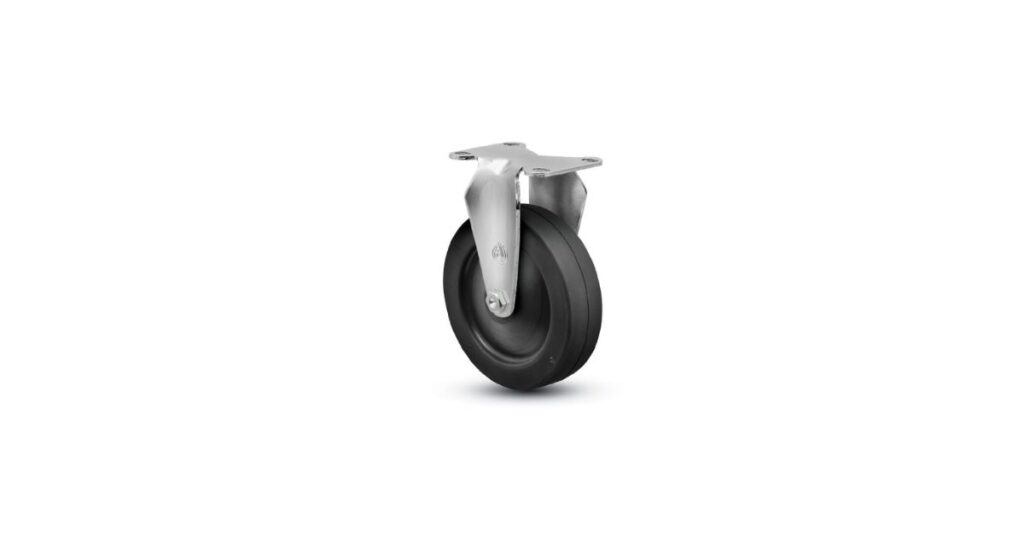
Roll an office chair across the room. Check out those wheels. Many measure this diameter (just the wheel part, not the mounting bracket). This size is super common on furniture, industrial carts, and equipment because it rolls smoothly over small bumps without keeping everything too high off the ground.
The diameter affects how easily the wheel rolls and how much weight it can carry. When you’re replacing worn-out casters, measure the wheel diameter first. A properly-sized wheel that’s load-rated for your needs makes moving heavy stuff around so much easier.
14. Standard Sticky Note
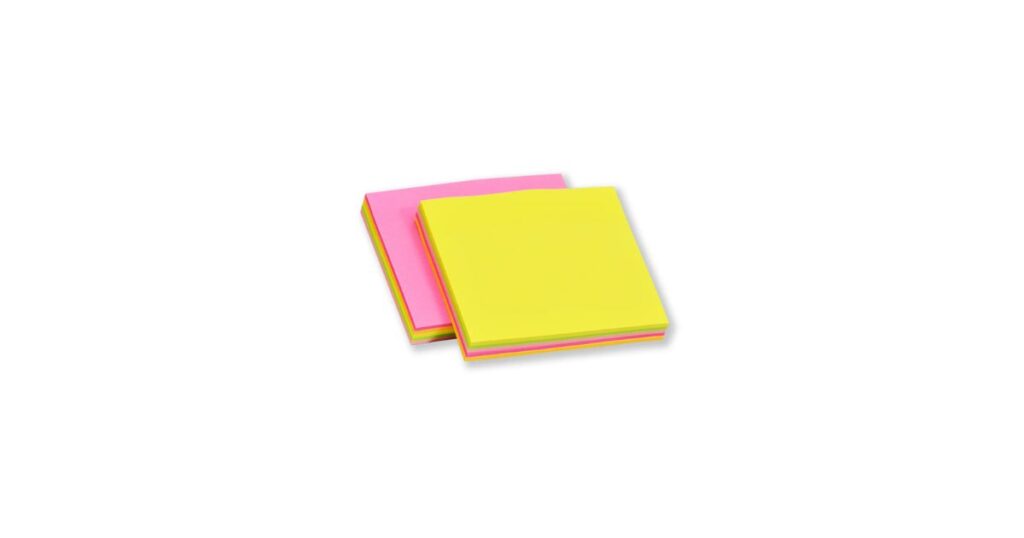
Here’s your perfect reference: grab a square Post-it note. The standard ones are 3×3 inches. Keep a pad at your desk and you’ve got a built-in measuring tool for quick estimates. Need to check if something will fit on a shelf? Hold up a sticky note. Trying to figure out spacing for wall hooks? Use a Post-it as your guide.
This works because everyone has these lying around. Your brain can now permanently file away “sticky note = 3 inches” as a mental shortcut. Next time you’re shopping and see this measurement listed, picture a Post-it.
How to Measure Without a Ruler
The Thumb Method Hold out your hand and look at your thumb. For most adults, the distance from tip to first knuckle is about 1 inch. Imagine three of those stacked end to end. Not perfectly accurate, but close enough for quick estimates at the hardware store or when you’re eyeballing furniture spacing.
Credit Card Hack Pull out any card from your wallet. The width is roughly 2.125 inches, so one card width plus a bit more gets you there. Or use the length (about 3.375 inches) if you don’t mind being slightly over. This trick works great when you’re shopping and trying to figure out if something will fit.
The Post-it Standard Keep square sticky notes nearby. One note gives you a perfect reference. This works for marking measurements on walls, comparing product sizes while shopping online, or teaching kids about measurements without breaking out the ruler.
Quarter Line-Up A U.S quarter is about 1 inch across. Line up three in a row on a flat surface and you’ve got your measurement. Coins roll away easily though, so this works best on tables or countertops.
Real-World Situations Where This Measurement Matters
Shopping Online
Product descriptions throw measurements at you constantly. “3-inch heel height” on shoes. “3-inch diameter” on planters. “3-inch width” on belts. Without visual references, you’re basically gambling. Now you can picture a sticky note, a scrunchie, or three quarters and actually know what you’re buying.
Home Repairs and DIY
Replacing furniture glides? Installing shelf brackets? Fixing a door stopper? Knowing this measurement helps you grab the right hardware at the store instead of making three trips because you bought the wrong size. Your toolbox probably has several items this size—drill extensions, small wrenches, specialty tools.
Organizing and Storage
Spacing hooks in your closet? Arranging pictures on a wall? Figuring out if that box fits on the shelf? Being able to estimate this measurement with your thumb or a credit card saves you from constantly hunting for a tape measure. It’s the difference between “I think this will work” and “I know this will work.”
Fashion and Accessories
Bracelet widths, belt buckle lengths, hair accessory sizes—these all commonly fall around this measurement. When shopping online, you can avoid ordering stuff that’s way too big or disappointingly small. A 3-inch bracelet looks very different on your wrist than a 1-inch one or a 5-inch one.
Teaching Kids
Explaining measurements to kids gets way easier with concrete examples. “See your scrunchie? That’s about 3 inches across.” Way more effective than abstract numbers. They can measure toys, books, or snacks using objects they already know and understand.
Common Questions
How many centimeters is 3 inches?
It equals 7.62 centimeters. Each inch is roughly 2.54 cm, so multiply that by three.
Can I use my hand to estimate 3 inches?
Yes. For most adults, the thumb from tip to first knuckle is about 1 inch. Stack three of those measurements mentally and you’re there. Your hand becomes a portable measuring tool.
What’s the easiest object to remember?
A standard square sticky note (3×3 inches) is perfect because most people have them at home or work. It’s also flat and easy to hold up against things for comparison.
Is 3 inches close to a quarter foot?
Exactly. Since one foot equals 12 inches, this is precisely one-quarter (0.25) of a foot. Makes converting between the two super simple.
How do I measure 3 inches on a ruler?
Find the 3-inch mark on your ruler. It’s the third full inch from the zero point. If you’re using a metric ruler, find the 7.6 cm mark (or between 7.5 and 8 cm).
Which is bigger: 3 inches or 8 centimeters?
Eight centimeters is slightly bigger. This measurement equals 7.62 cm, so 8 cm is about 3.15 inches. They’re very close, but the centimeter measurement edges it out.
Final Thoughts
You probably walked past a dozen items this length today without noticing. They’re everywhere—in your bathroom drawer, on your keychain, in your toolbox, holding up your shelves.
The trick isn’t memorizing the exact conversion to centimeters or feet. It’s locking in two or three visual references that work for you. Maybe it’s a sticky note. Maybe it’s your thumb times three. Maybe it’s that scrunchie you wear every day. Pick what sticks in your brain.
Next time you’re shopping online, fixing something around the house, or just trying to explain a measurement to someone, you’ll have instant clarity. No more guessing, no more “I think that’s about this big.” You’ll just know.
Save this page for when you need a quick refresher. And the next time someone looks confused about this measurement, send them here. We all need visual references—numbers alone don’t cut it.

I am the editor and author of StoriesRadius.com, a blog about measurements and dimensions. I enjoy turning numbers and sizes into simple stories that anyone can understand. From everyday objects to curious facts, I share clear guides based on real research and experience. My goal is to make learning about length, height, and size fun, useful, and easy for all readers.
